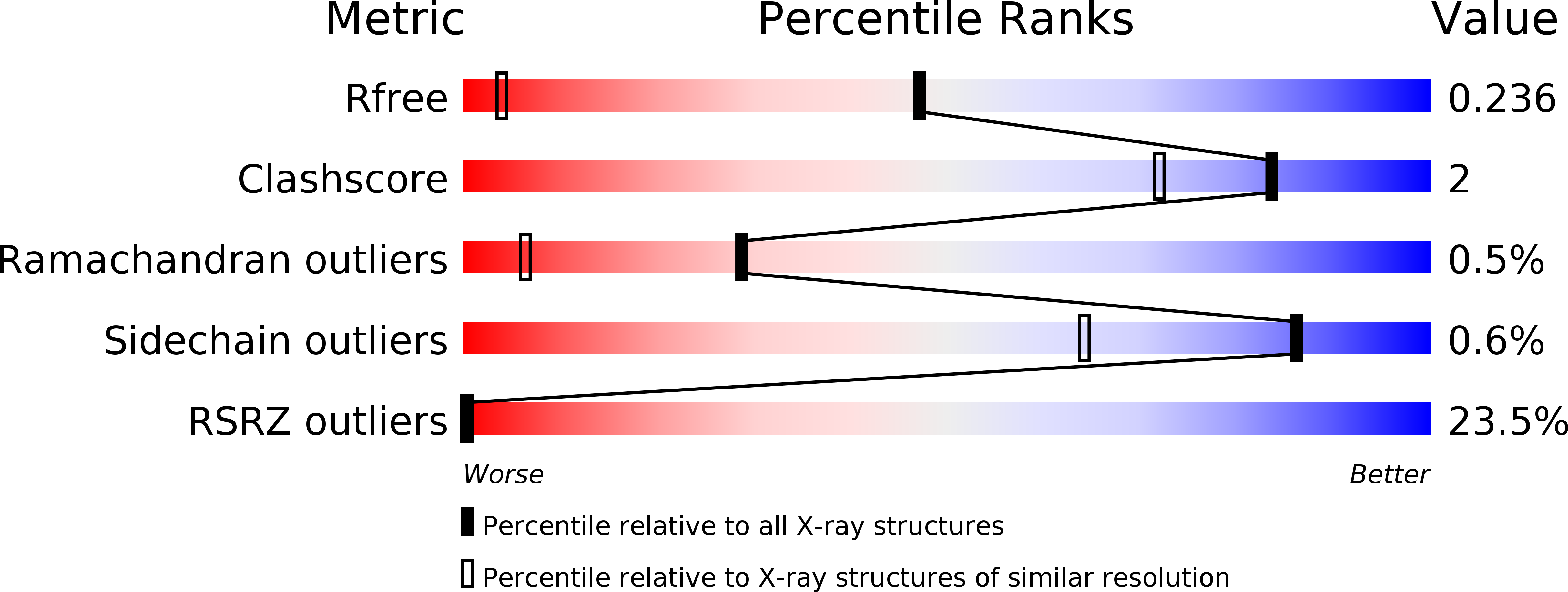
Deposition Date
2006-10-18
Release Date
2007-11-06
Last Version Date
2024-05-08
Entry Detail
PDB ID:
2J82
Keywords:
Title:
Structural analysis of the PP2C Family Phosphatase tPphA from Thermosynechococcus elongatus
Biological Source:
Source Organism:
SYNECHOCOCCUS ELONGATUS (Taxon ID: 32046)
Host Organism:
Method Details:
Experimental Method:
Resolution:
1.28 Å
R-Value Free:
0.20
R-Value Observed:
0.16
Space Group:
C 2 2 21


